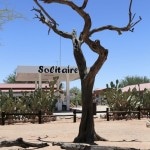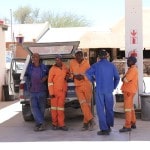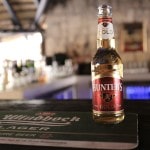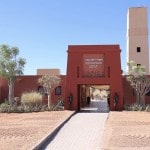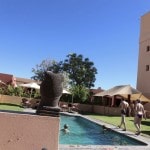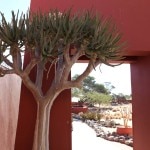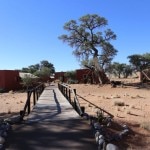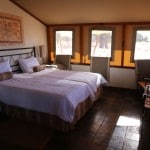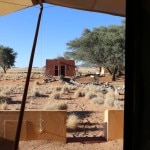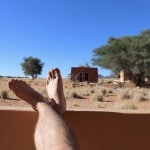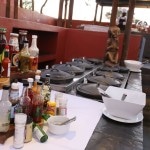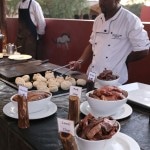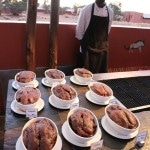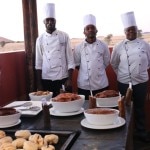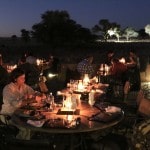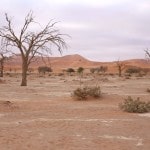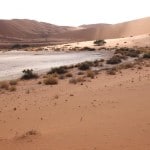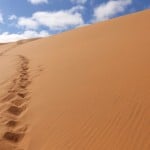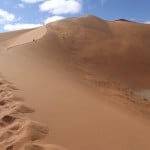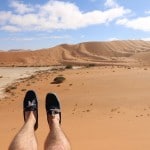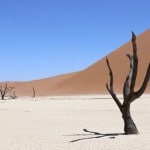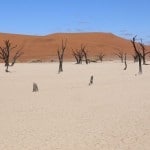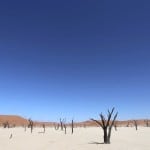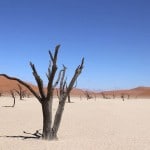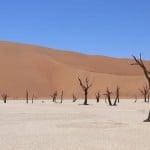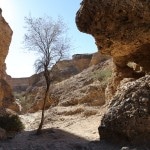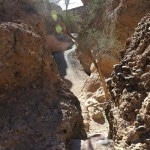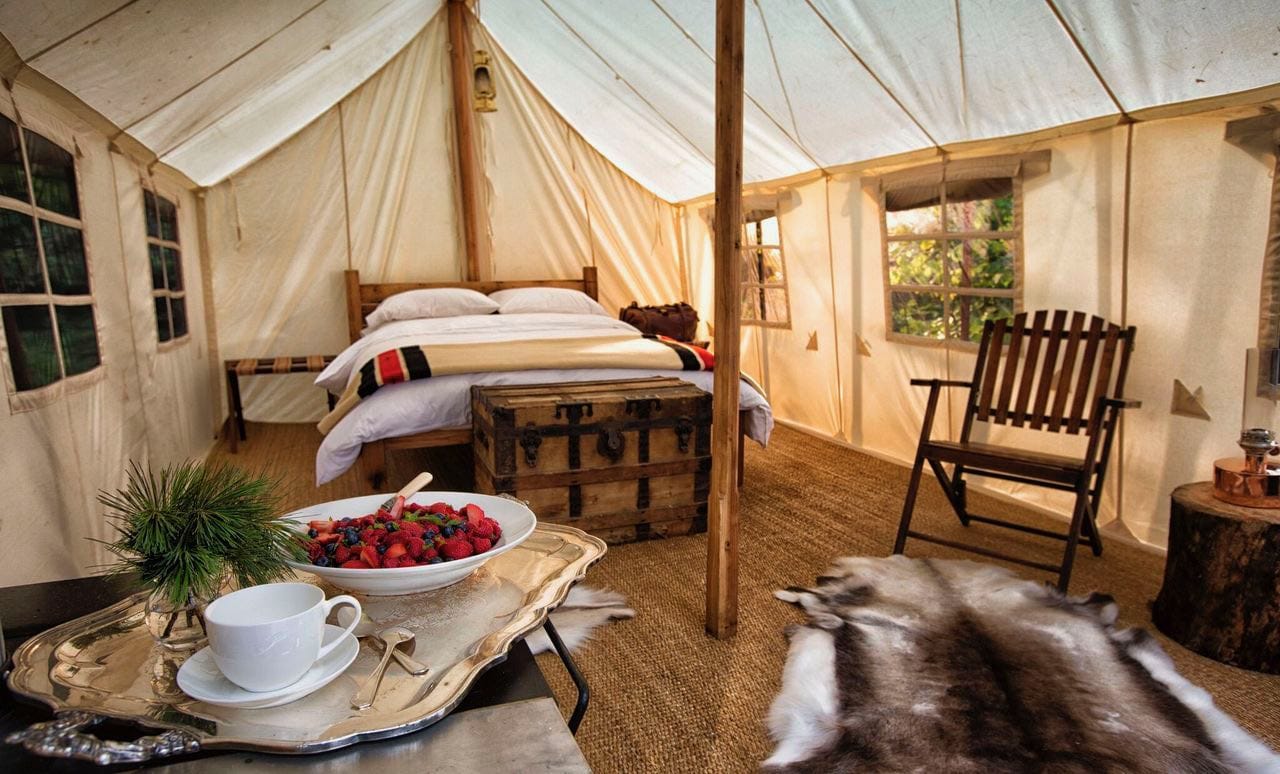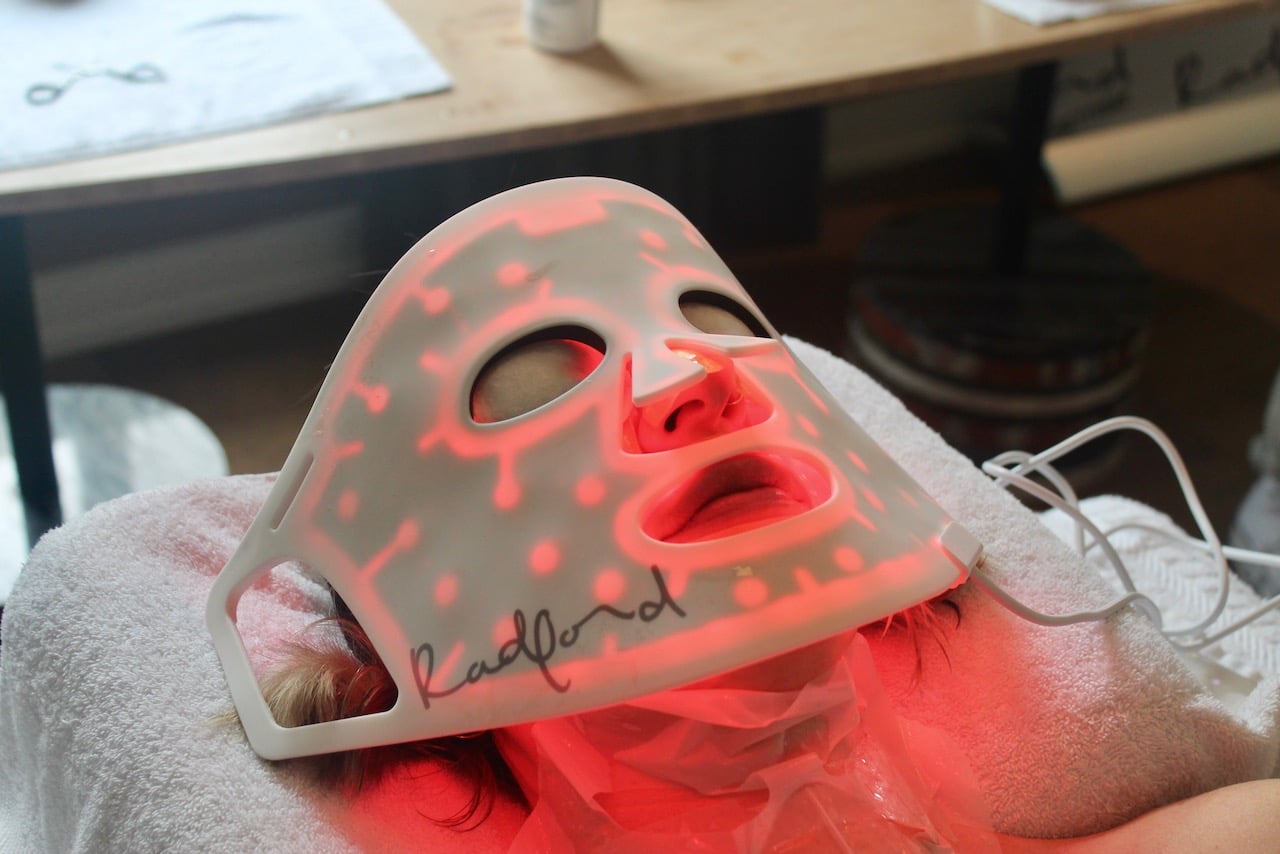Namibia derives its name from the Namib Desert, the world’s most ancient desert, which stretches 2000 km from the Orange River in the South to the Kunene in the North. This vast country is four times the size of the UK (some 800,000 sq km) and is renowned for the haunting beauty of its stark, diverse landscapes. And while Namibia is the most sparsely populated country in the world, it boasts a rich blend of 13 different ethnic groups. Of the 2.1 million inhabitants, one in four people live in the urban centres, the largest of these being the capital, Windhoek.
And so it was that I found myself half awake, jostling and jolting along a bumpy gravel highway waving farewell to Windhoek. Closing my eyes, I retraced my last steps: waking up in Prague, short flight to Frankfurt, twiddling my thumbs at the airports First Class Business Lounge and enduring an 11 hour redeye which headed south across the African continent. I felt like just moments ago I was sloshing suds at a Czech beer hall and now here I was on the other side of the world staring out at a parched landscape that seemed to go on forever.
You May Also Enjoy Reading…
Etosha National Park and Erindi Private Game Reserve
The bumpy ride from Windhoek features winding roads and jaw dropping vistas. Most road-trippers enjoy lunch at Solitaire Country Lodge home to a nostalgic General Store which serves up the countries most sought after apple pie. Folks get a kick out of taking pictures of themselves at a jalopy graveyard which sits at the entrance overlooking the highway. Old rusted antique automobiles offer a curious contrast as they sit plopped in desert sand.
We arrived at the Sossusvlei Lodge in the mid afternoon, a luxurious desert resort built with adobe bricks typical of Arab villages and tents similar to those of the Bedouin. I dropped my bags at the front door and immediately rushed into my tented bedroom, zipping down the windows to take in the desert view. It was 40 degrees and with a smug mug smiled at the sun and enjoyed a few moments of solitude on my petite balcony. Before the dinner hour guests soak at the pool while sipping bottles of Windhoek Lager which sell for under USD $2 a pop. The sun sets a beautiful crimson here, and just as dusk pulls her dark cloak over the desert candles glow at the resorts al fresco terrace. Hungry guests spend the evening feasting from three food stations: a generous salad and soup bar, pasta + stir fry, and flaming grill where one can sample the regions game. A plate of zebra, oryx, ostrich and kudu please!
The following morning we woke up at the crack of dawn to adventure through the countries star attraction, Namib-Naukluft National Park. We spent the morning and afternoon playing in what seemed like the worlds largest sandbox. The Sossusvlei, Namibia’s famous highlight in the heart of the Namib Desert, is a huge clay pan, enclosed by giant sand dunes. Some of the spectacular hills of sand are, at a height of 300 metres, the highest in the world.
Our first stop was a photo-op at Dune 45, so called because it lies 45 km past Sesriem on the road to Sossusvlei. It also has the charming title of “most photographed dune in the world,” because of its unusually simple shape. The real hoorah for any visitor is the fitness challenge that is a three hour hike up Big Daddy. This particular dune is known as the worlds tallest, towering 380 metres in the sky. The hike is not for the faint at heart, and while I slung around a few four letter words while huffing and puffing my way to the top I couldn’t be happier to have championed the workout. At one breathless moment I plopped myself on a pile of sand and let out a heaving sigh. I felt defeated but was soon inspired when I took the time to take in the jaw dropping 360 degree view. I caught a friendly gemsbok grazing 50 meters in the distance before marching down the dune, a liberating experience, almost like prancing through fluffy snow.
At the bottom of Big Daddy sits eerie Deadvlei, a white clay pan which formed after rainfall, when the Tsauchab river flooded, creating temporary shallow pools where the abundance of water allowed camel thorn trees to grow. When the climate changed, drought hit the area, and sand dunes encroached, blocking the river from the area. The trees died and their remaining skeletons, which are believed to be 900 years old, are now a spooky black because of their constant exposure to the intense sun. Talk about a sunburn!
Sand manages to get itself into your hair, around your ankles and behind your ears here. Before splashing in a well deserved shower back at the lodge we made a quick stop at Sesriem Canyon where visitors can explore centuries of erosion which have incised a narrow gorge about 1 km in length. At the foot of the gorge, which plunges down 40m, are pools that become replenished every so often when it rains. The old Dutch name means “the place where six thongs are required to get water.”





